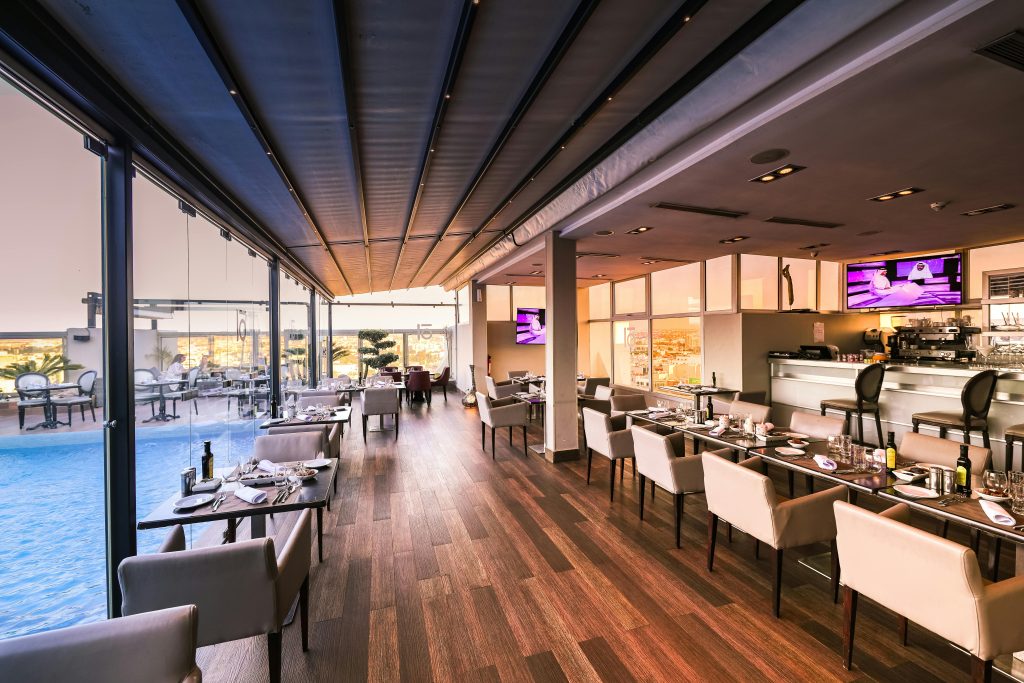Starting a restaurant business in the Philippines can be a rewarding venture given the country’s vibrant food culture and growing economy. However, it requires careful planning, sufficient capital, and a deep understanding of the local market. Here’s a comprehensive guide to help you get started:
1. Conduct Market Research
Before diving into the restaurant business, it’s crucial to understand the market. Identify your target audience and their preferences. Analyze the competition in your desired location to understand what works and what doesn’t.
- Identify Trends: Look at current food trends in the Philippines. Filipino cuisine is diverse, with regional specialties that could inspire your menu.
- Customer Preferences: Conduct surveys or focus groups to gather information on what potential customers are looking for.
- Competition Analysis: Visit similar restaurants and evaluate their strengths and weaknesses.
2. Develop a Business Plan
A well-thought-out business plan is essential for the success of your restaurant. It should include:
- Executive Summary: An overview of your restaurant concept and business goals.
- Market Analysis: Insights from your market research.
- Marketing and Sales Strategies: How you plan to attract and retain customers.
- Menu Planning: A preliminary menu with pricing strategies.
- Operational Plan: Daily operations, supply chain, staffing, and equipment.
- Financial Plan: Budget, funding requirements, profit projections, and break-even analysis.
3. Secure Funding
Starting a restaurant can be capital-intensive. You’ll need funds for leasing or purchasing property, renovation, equipment, inventory, marketing, and working capital.
- Personal Savings: Use your own savings to fund the business.
- Loans: Apply for business loans from banks or financial institutions.
- Investors: Seek out investors who are interested in the food and beverage industry.
- Government Programs: Look for government programs and grants that support small businesses.
4. Choose a Location
The location of your restaurant can significantly impact its success. Consider the following factors:
- Foot Traffic: High-traffic areas like malls, business districts, or near schools and offices.
- Accessibility: Ensure the location is easily accessible by public and private transportation.
- Visibility: A location that is easily visible to passersby can attract more customers.
- Lease Terms: Negotiate favorable lease terms to secure a good location without overburdening your budget.
5. Register Your Business
Registering your restaurant is a legal requirement. Follow these steps:
- Business Name Registration: Register your business name with the Department of Trade and Industry (DTI).
- Barangay Clearance: Obtain a clearance from the local barangay office.
- Mayor’s Permit: Secure a Mayor’s Permit from the local government unit (LGU).
- BIR Registration: Register your business with the Bureau of Internal Revenue (BIR) to get your Tax Identification Number (TIN).
6. Design Your Restaurant
The ambiance and layout of your restaurant can influence the dining experience.
- Interior Design: Create a design that aligns with your concept and appeals to your target market.
- Furniture and Fixtures: Choose comfortable and durable furniture.
- Kitchen Layout: Design an efficient kitchen layout to ensure smooth operations.
7. Hire and Train Staff
Your staff plays a crucial role in the success of your restaurant.
- Recruitment: Hire experienced chefs, kitchen staff, and friendly service personnel.
- Training: Provide comprehensive training to ensure consistent service quality.
- Employee Welfare: Offer competitive salaries and benefits to retain good staff.
8. Source Suppliers
Find reliable suppliers for your ingredients and other restaurant needs.
- Quality and Cost: Balance quality and cost when choosing suppliers.
- Reliability: Ensure your suppliers can consistently meet your demand.
- Local Produce: Consider using locally sourced ingredients to support local farmers and ensure freshness.
9. Develop a Marketing Strategy
Effective marketing can help attract customers to your restaurant.
- Branding: Create a strong brand identity, including a logo, tagline, and brand colors.
- Online Presence: Build a website and maintain active social media profiles.
- Promotions: Offer promotions and discounts to attract new customers.
- Partnerships: Partner with food delivery services and local influencers to reach a broader audience.
10. Ensure Compliance with Health and Safety Standards
Compliance with health and safety regulations is mandatory.
- Sanitation Permits: Obtain the necessary permits from the local health office.
- Food Safety Training: Ensure your staff undergoes food safety training.
- Regular Inspections: Conduct regular inspections to maintain cleanliness and hygiene.
11. Plan Your Grand Opening
A successful grand opening can set the tone for your restaurant’s future.
- Soft Opening: Consider a soft opening to test your operations and gather feedback.
- Grand Opening Event: Plan an event with promotions, media coverage, and special offers to attract customers.
- Customer Feedback: Gather feedback during the opening to make necessary adjustments.

Conclusion
Starting a restaurant business in the Philippines is a challenging but rewarding endeavor. By conducting thorough market research, creating a solid business plan, securing funding, choosing the right location, registering your business, designing your restaurant, hiring and training staff, sourcing reliable suppliers, developing a marketing strategy, ensuring compliance with health and safety standards, and planning a successful grand opening, you can set the foundation for a thriving restaurant. Remember, persistence and adaptability are key to overcoming the challenges and achieving long-term success in the competitive food industry.






Leave A Comment